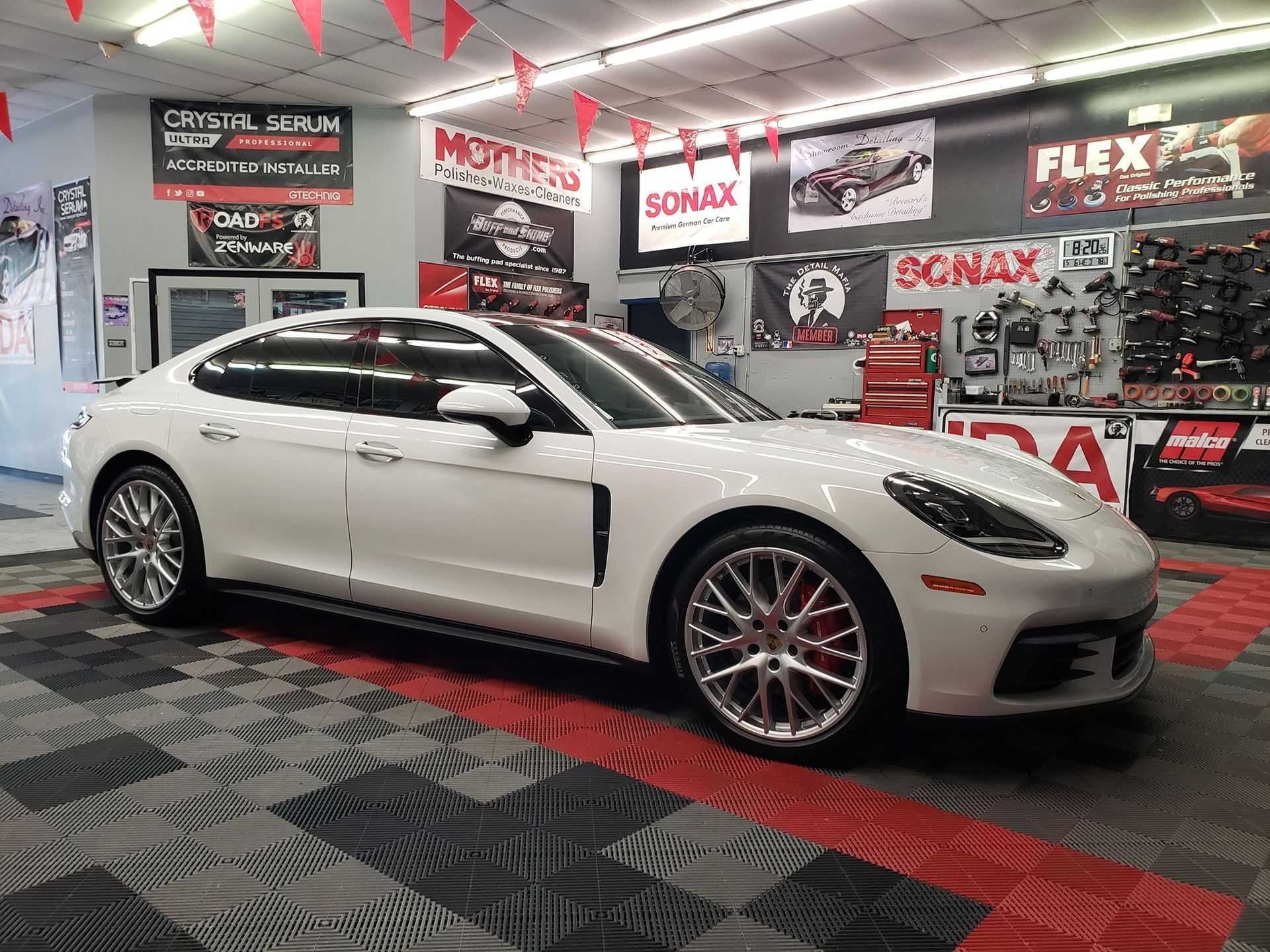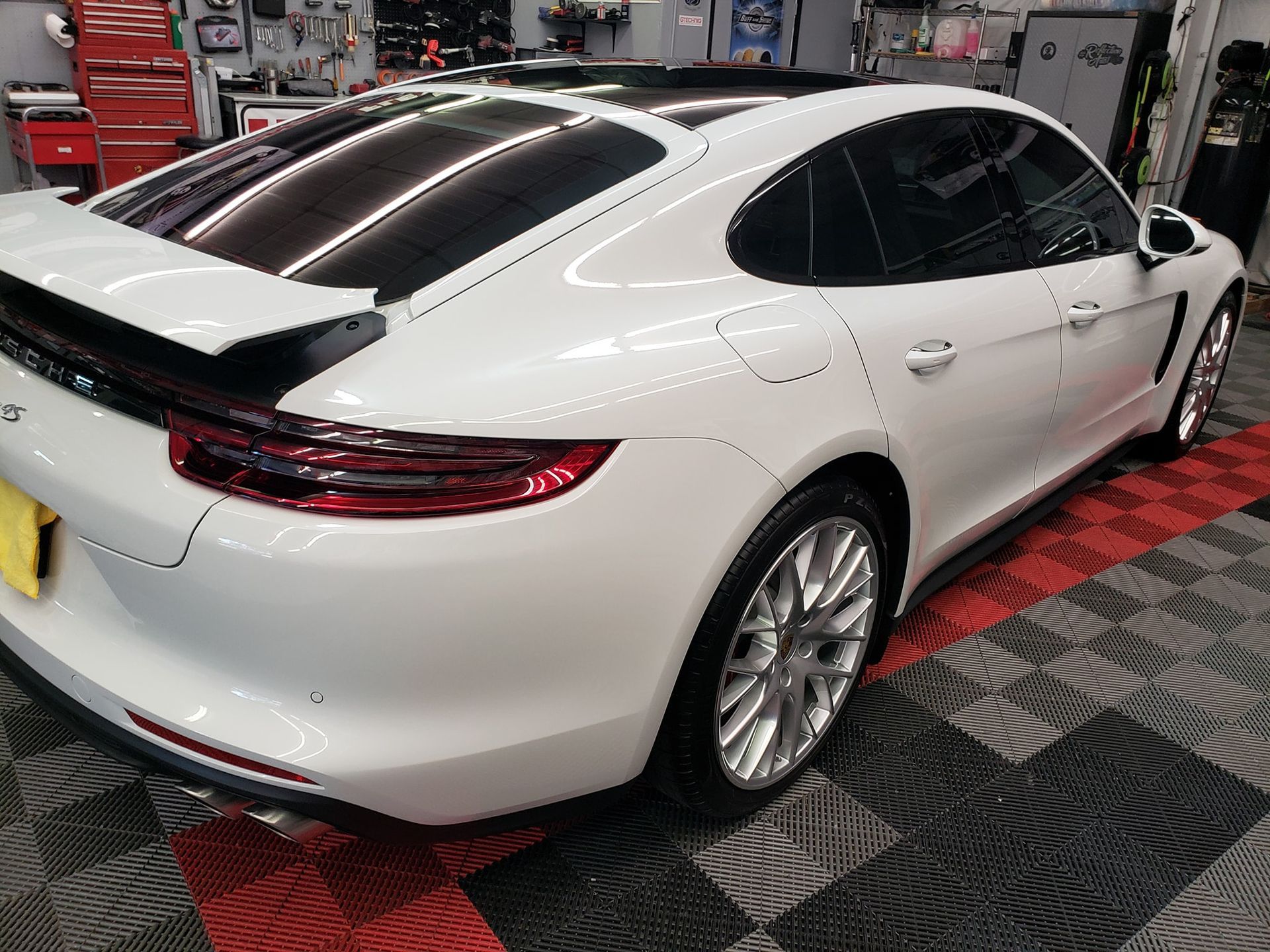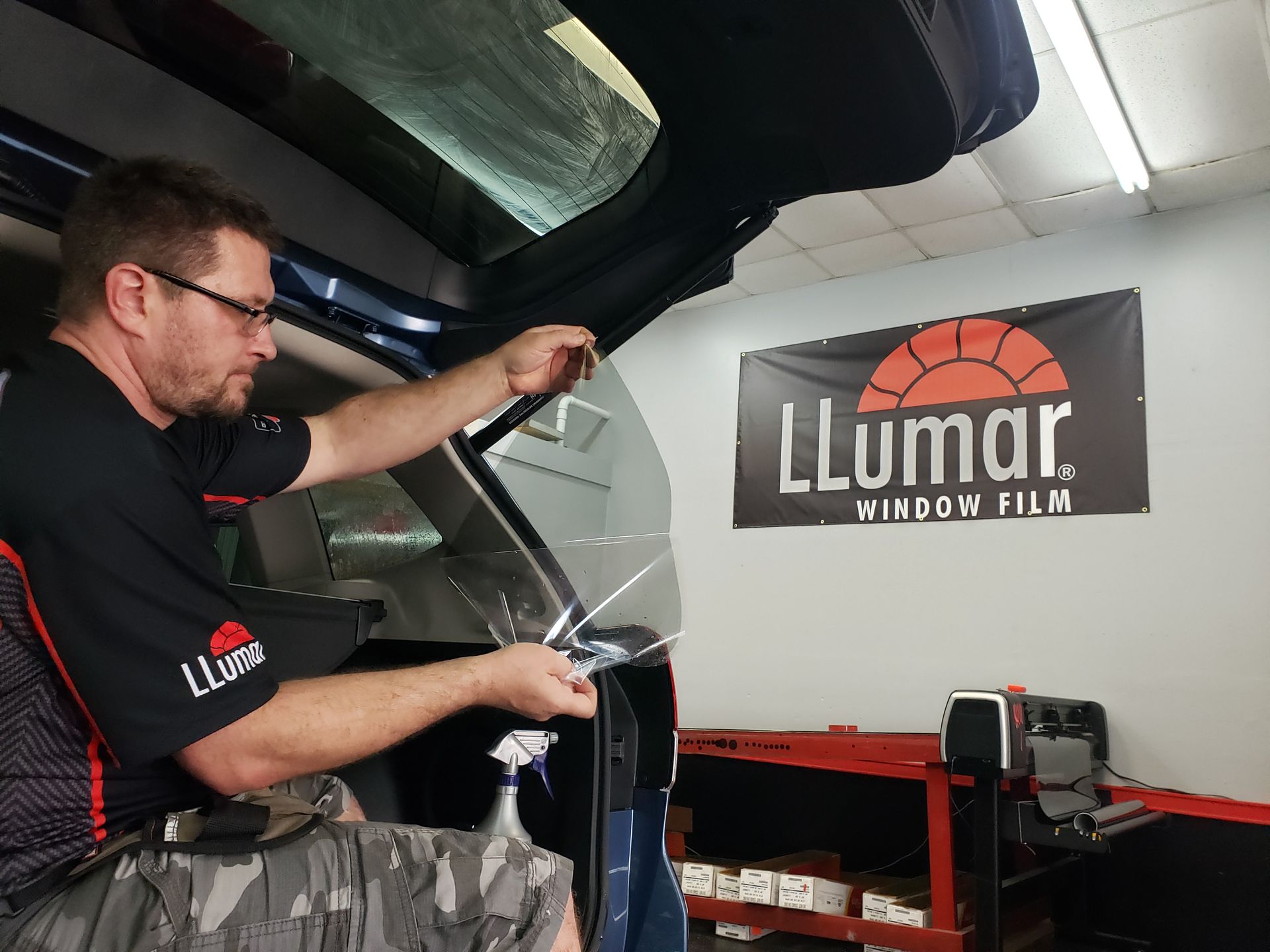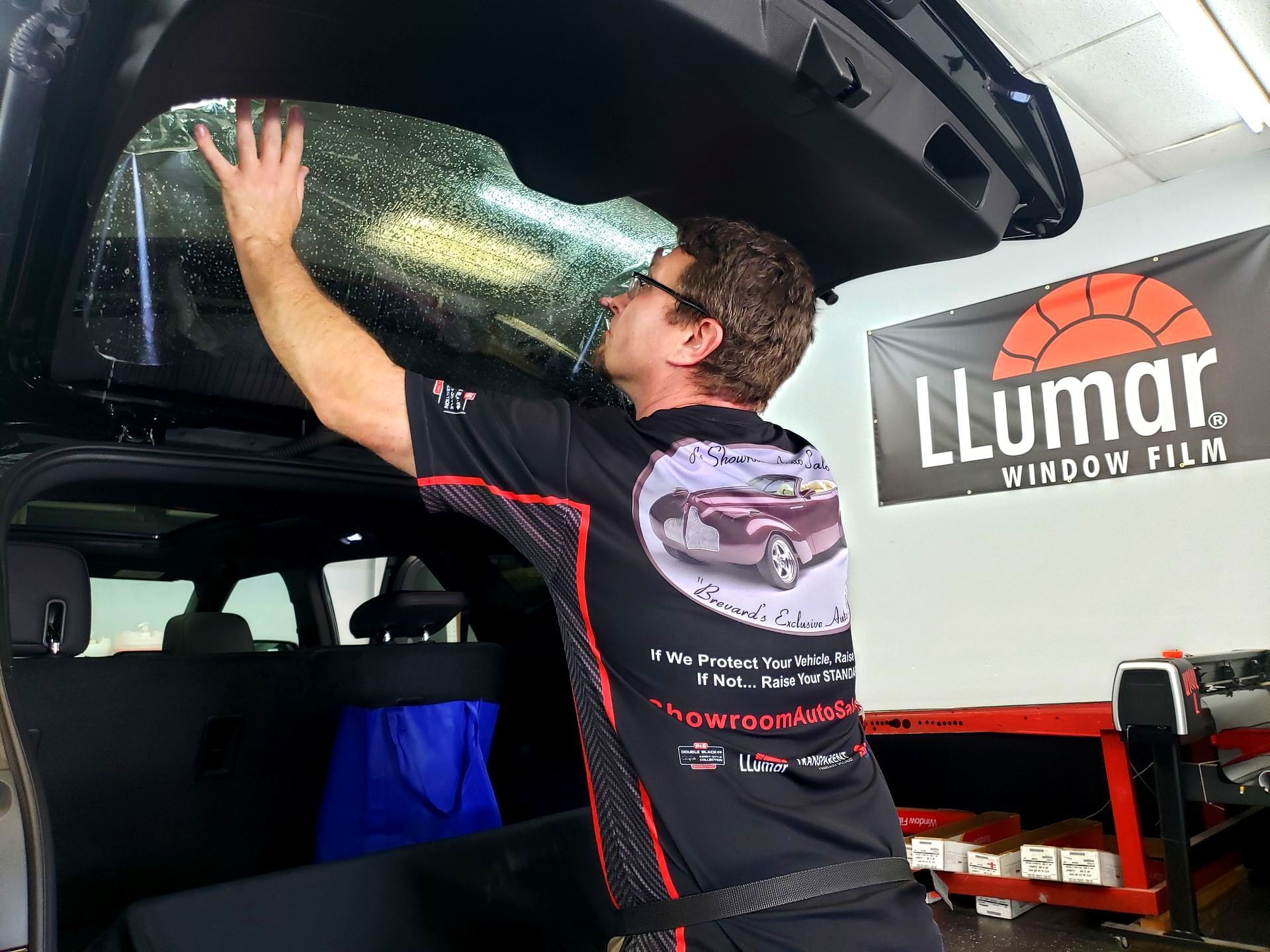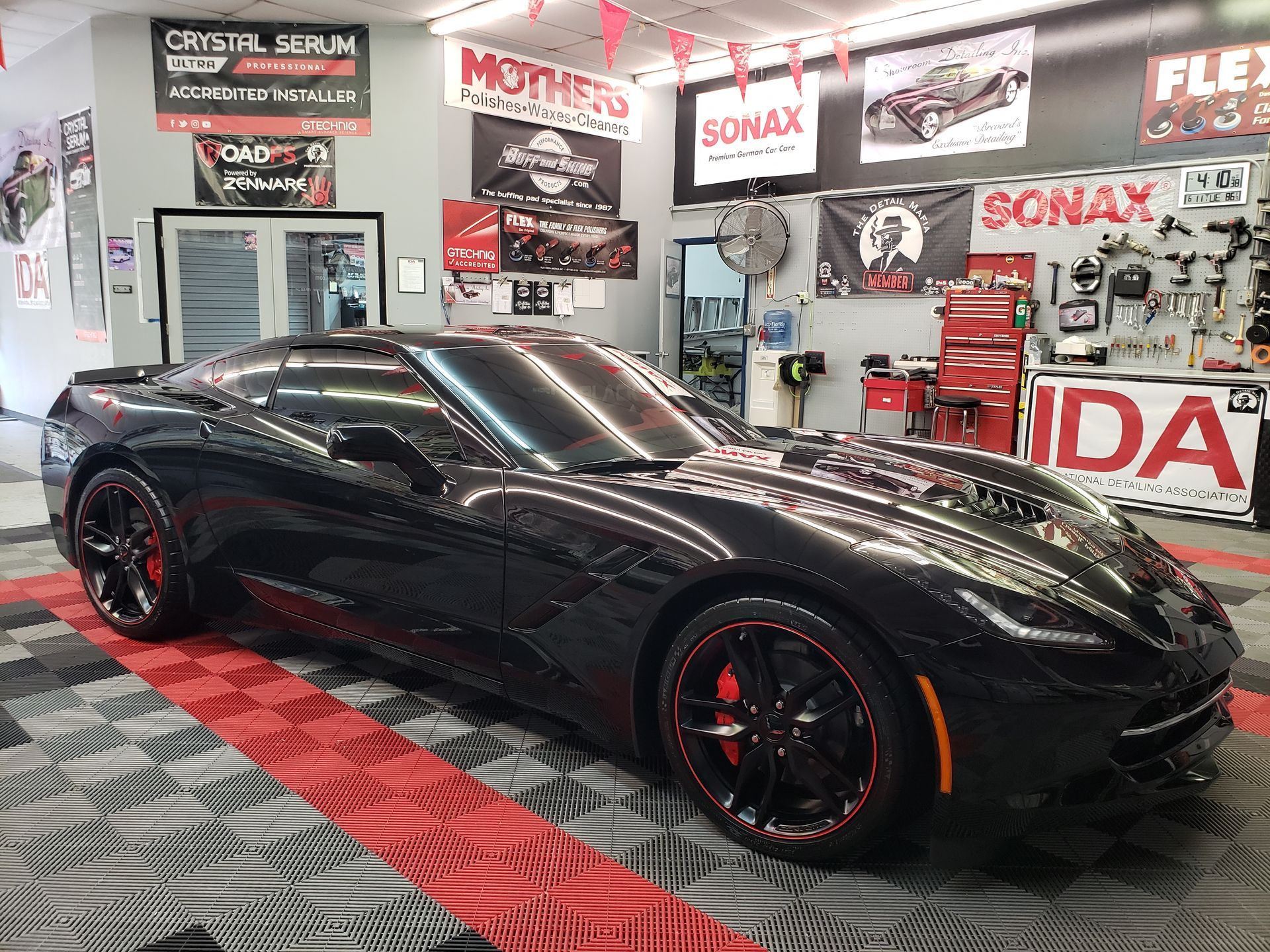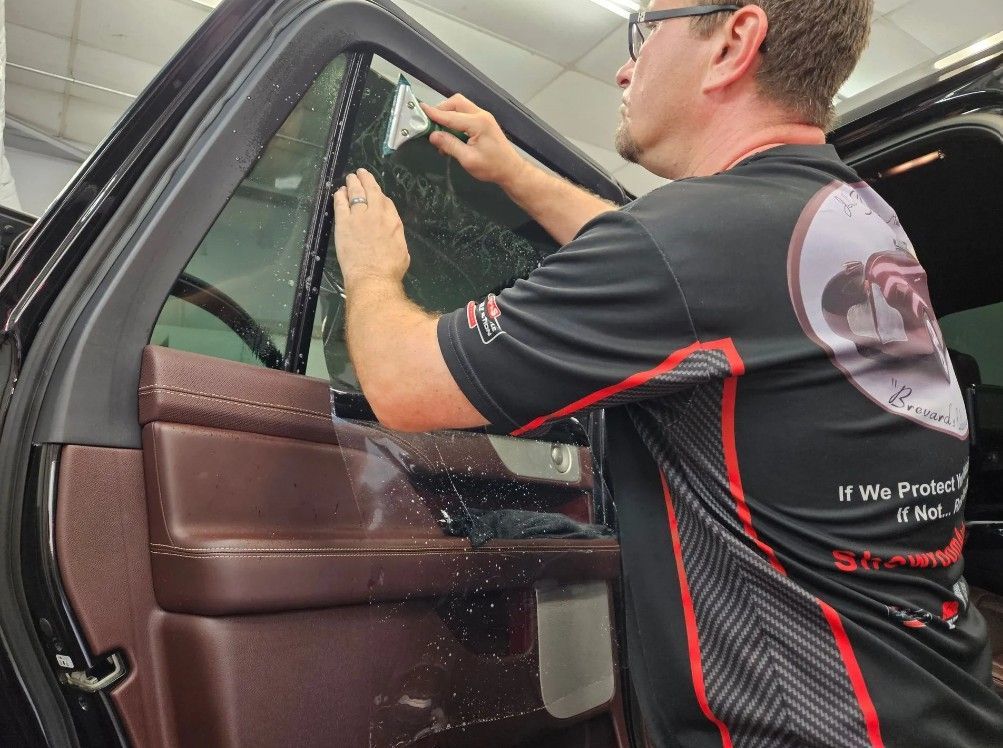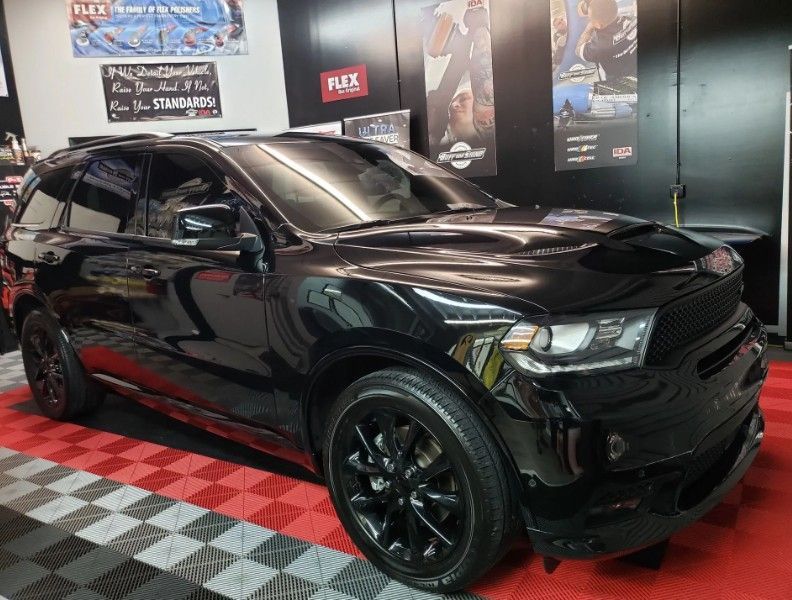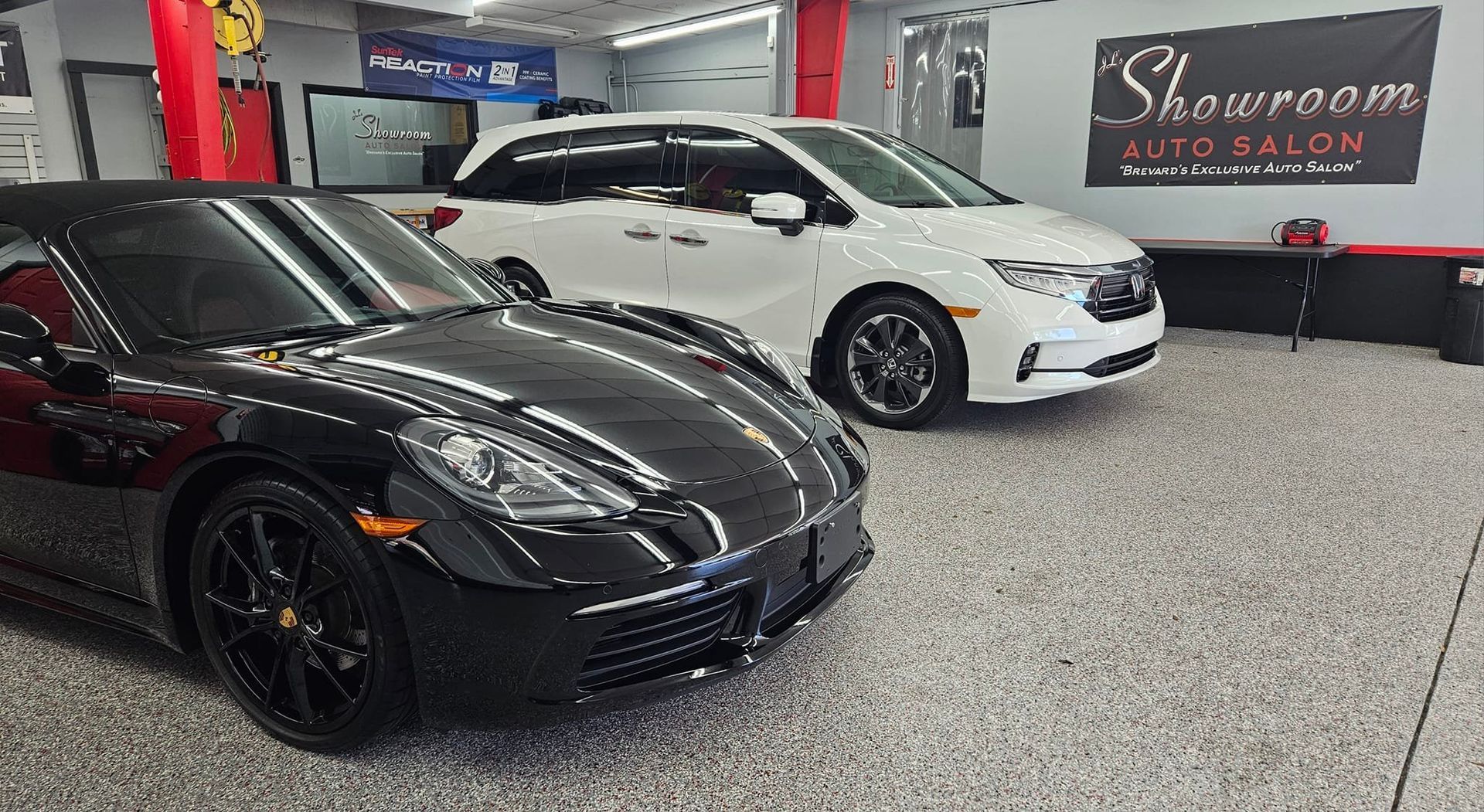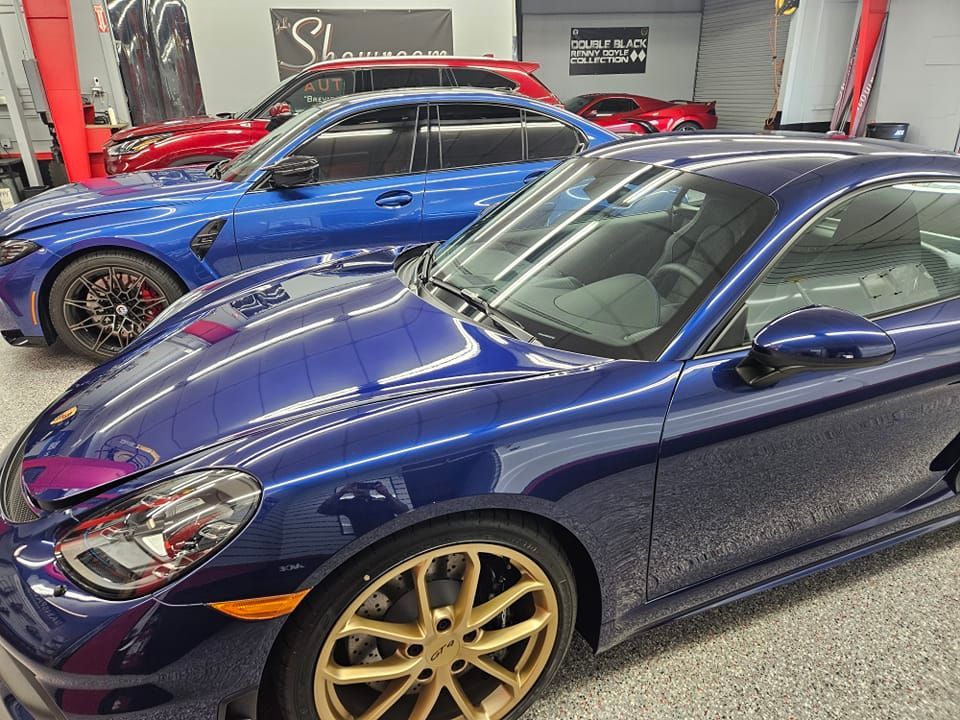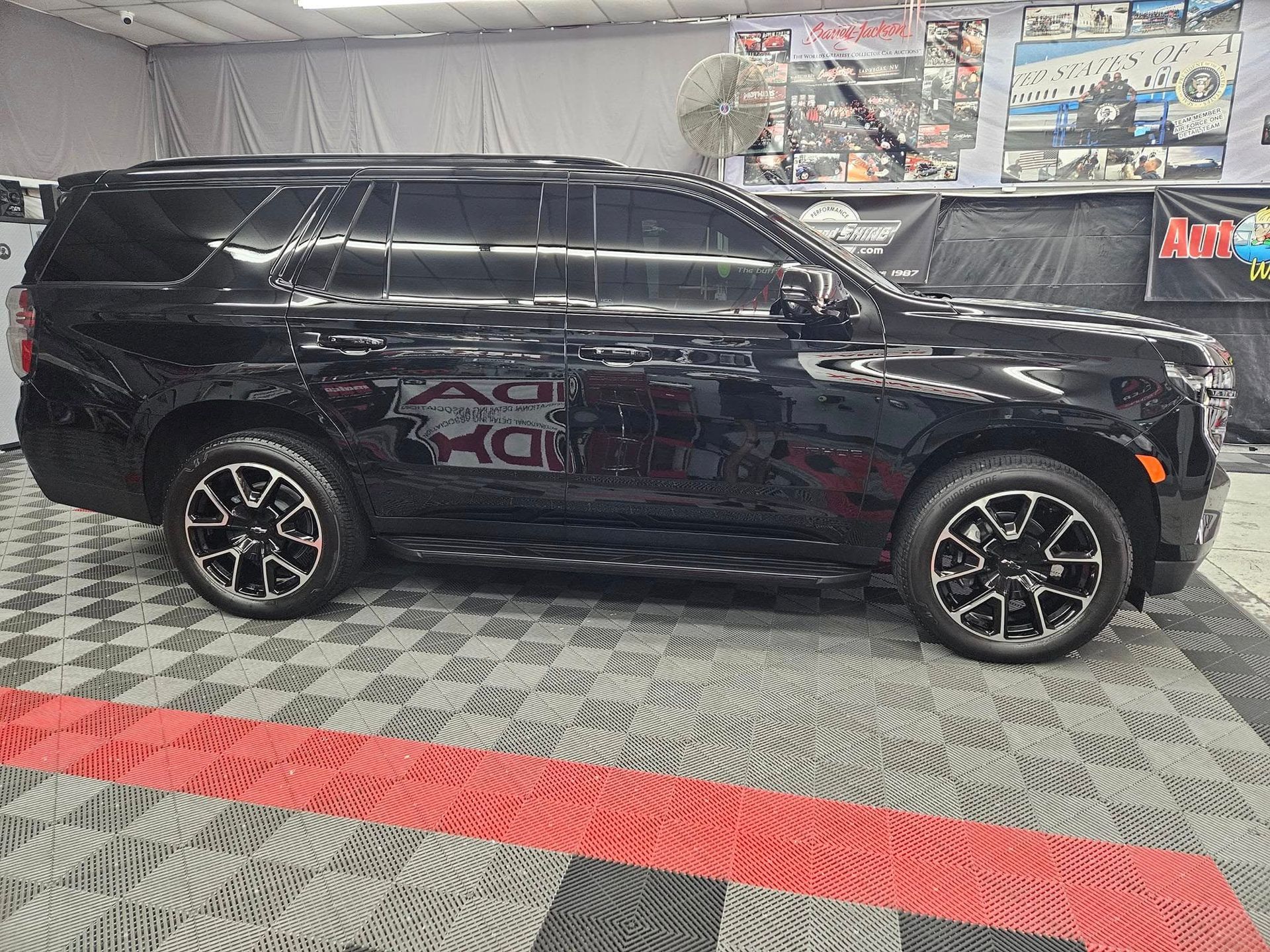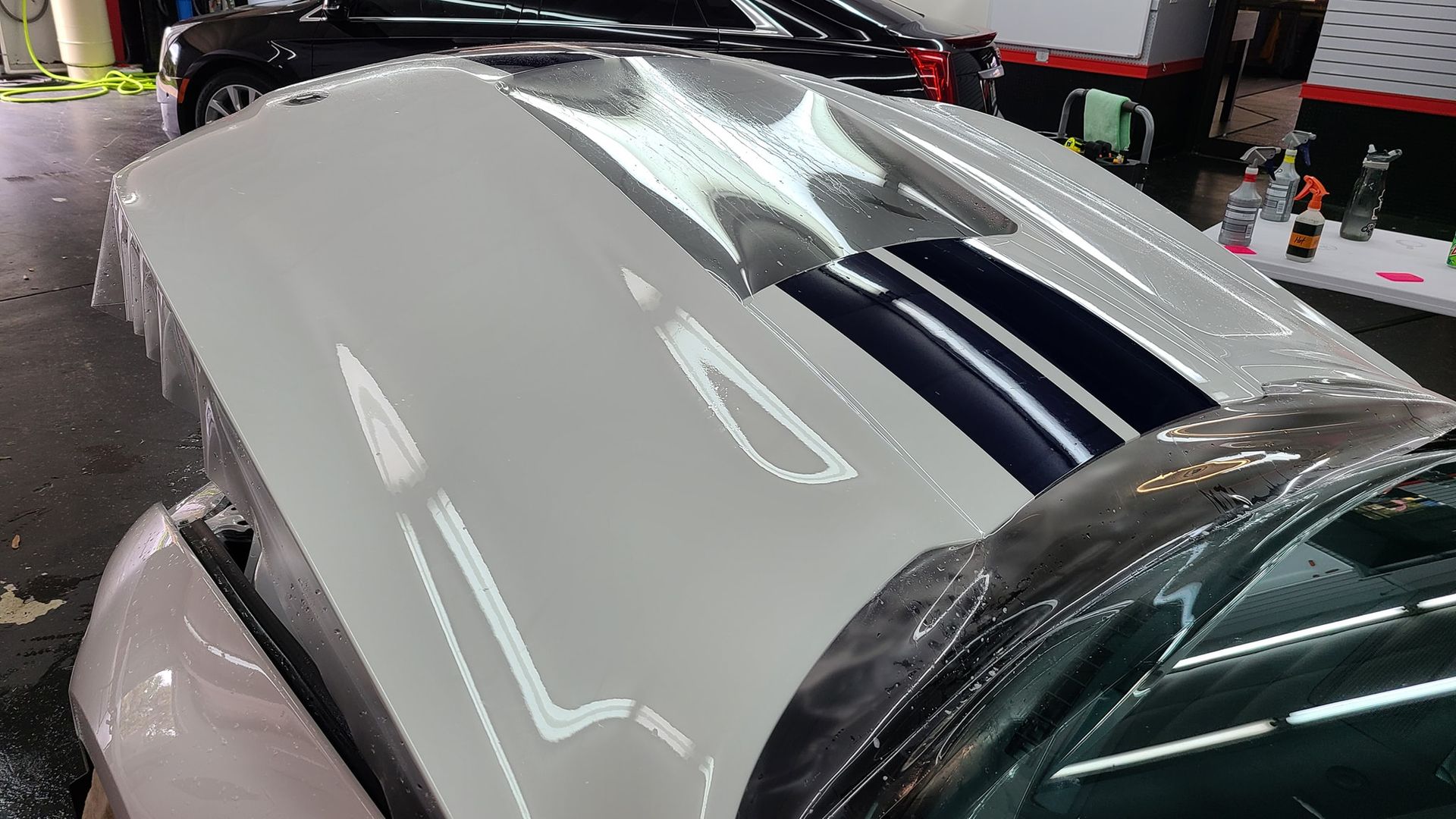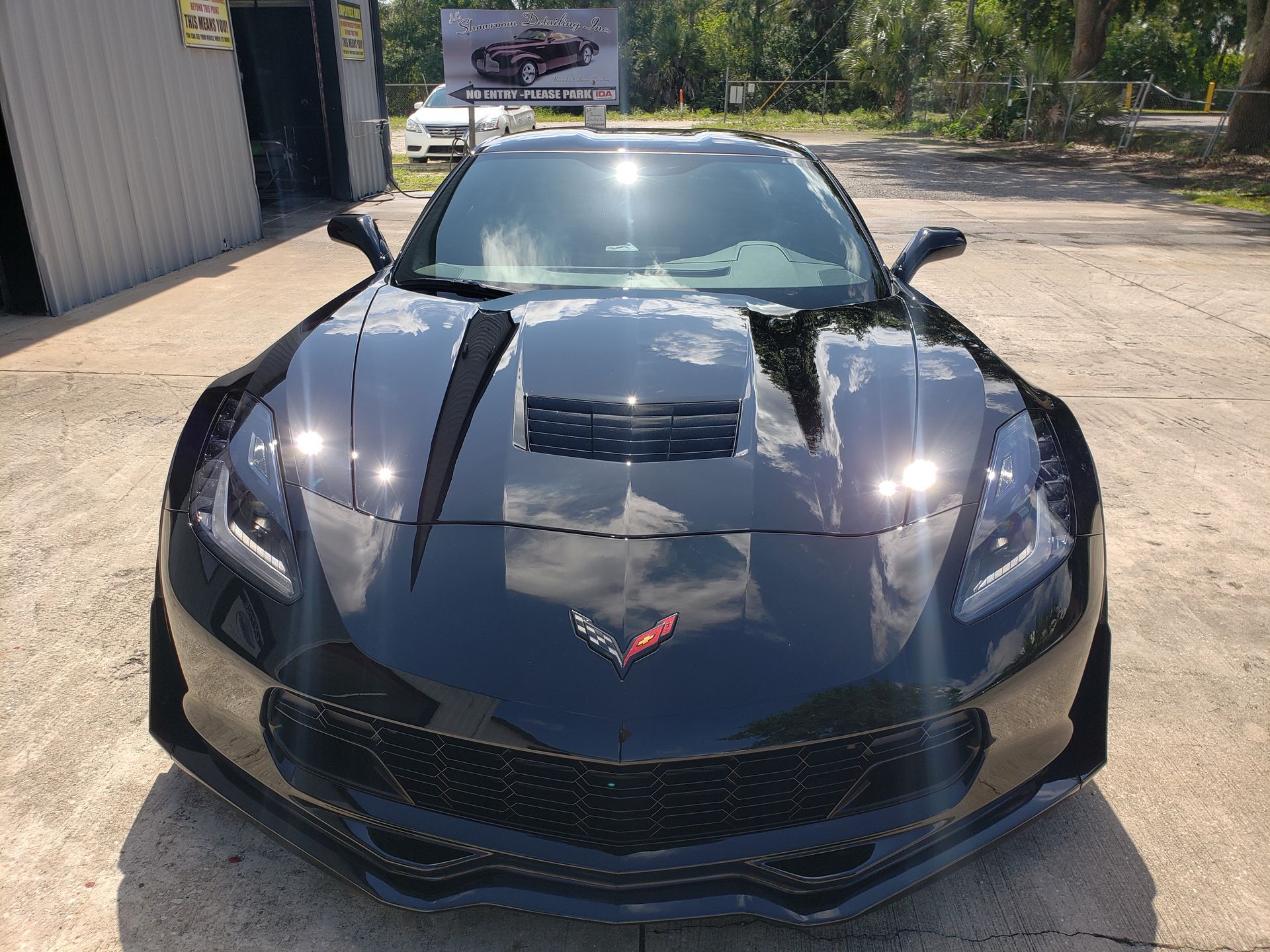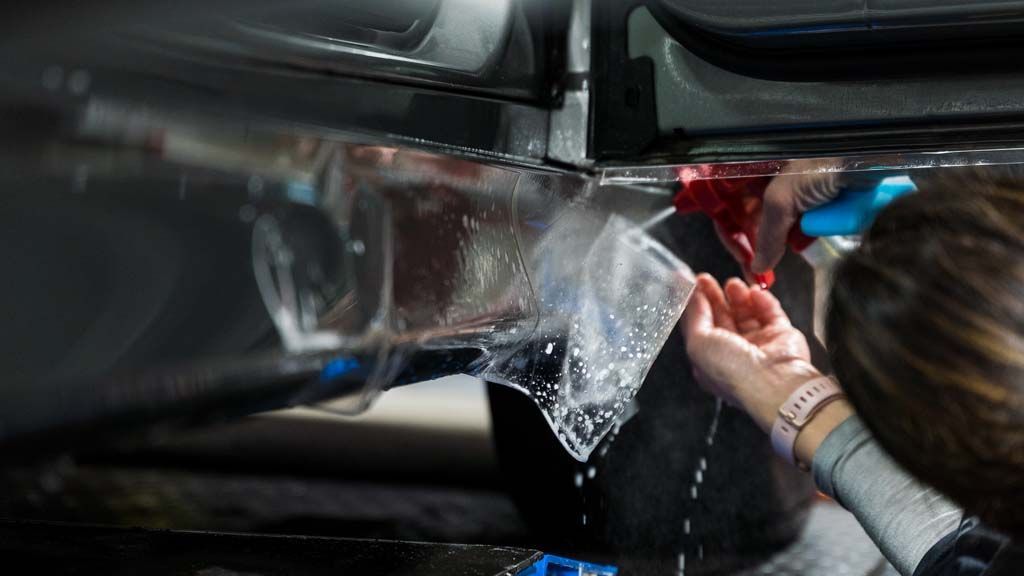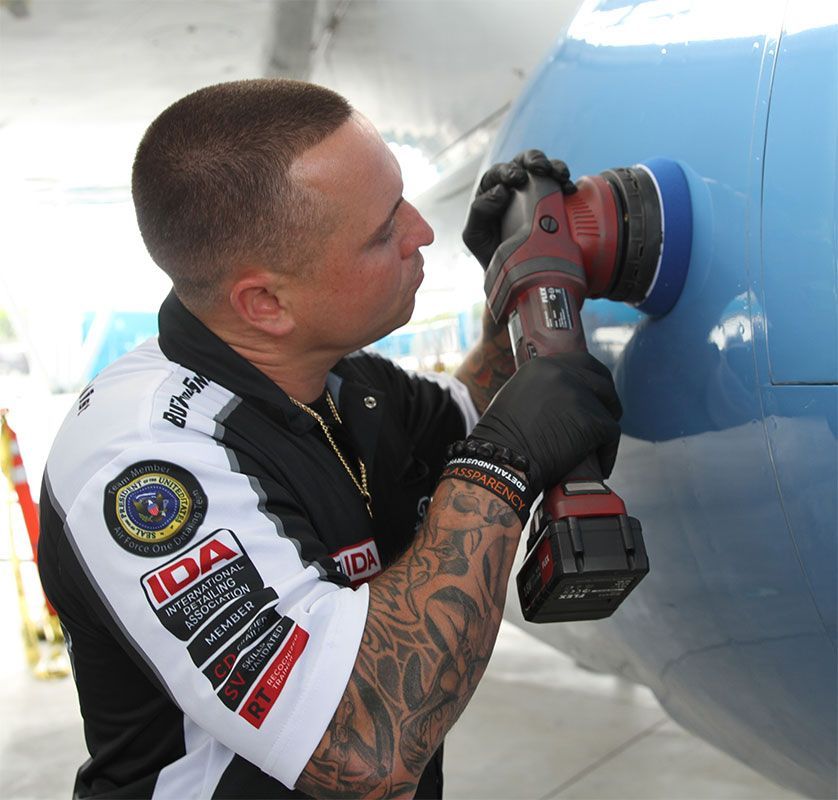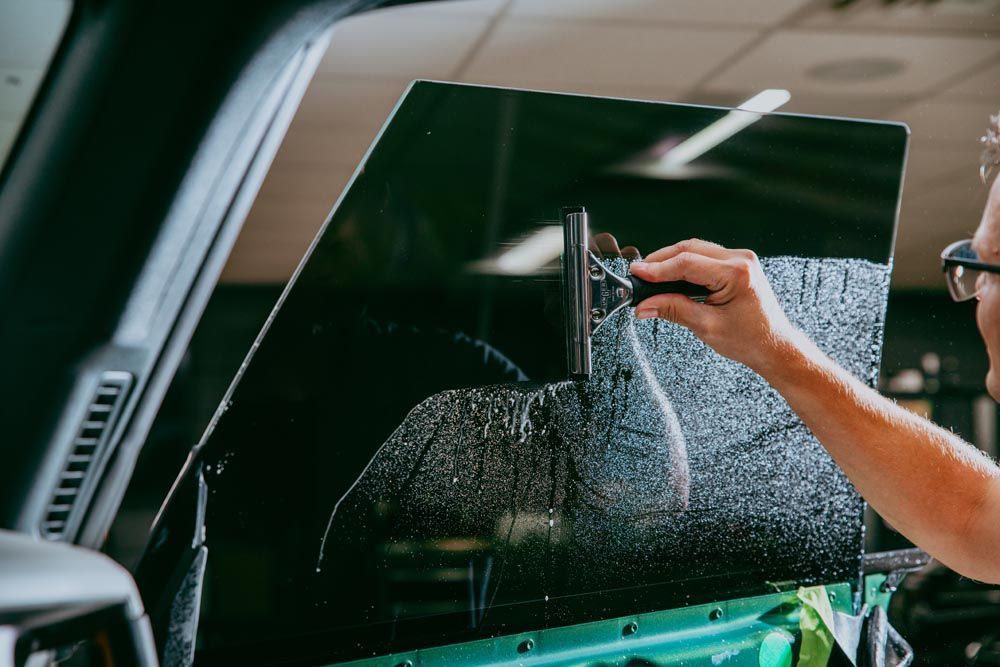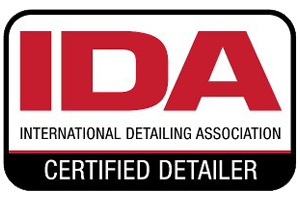Window Tinting for Privacy During Long Drives: Benefits and Tips
When you think about long drives, what comes to mind? Is it the open road, the thrill of adventure, or maybe just the mundane commute? Whatever it is, one often-overlooked aspect of comfort during those times is how much privacy your vehicle can provide. Picture this: cruising along with the sun shining in, but instead of feeling exposed to the outside world, you're cocooned in your own space. That's where window tinting comes into play. Not only does it enhance your experience by reducing distractions and heat, but it also keeps your belongings safe from prying eyes. In this article, we’ll cover the benefits of window tinting for privacy on long drives and provide tips on how to choose the right option that suits you best.
Window tinting enhances privacy during long drives by reducing visibility into your vehicle, making it difficult for others to see inside. This added layer of privacy can help you feel more secure and comfortable while traveling, as well as protect your belongings from prying eyes.
Benefits of Window Tinting for Privacy on the Road
Firstly, window tinting acts as a proactive barrier against prying eyes. The tinted film blurs the view from the outside while granting you a clear perspective from within. This allows you to enjoy your ride without feeling exposed, particularly during long commutes or road trips. There's comfort in knowing that your space is shielded from the outside world, extending beyond mere aesthetics.
In some communities, safety can be a significant concern for those traveling with valuables like laptops, camera equipment, or shopping bags filled with goodies. Imagine navigating through busy areas; with tinted windows, you're significantly less likely to attract unwanted attention. A 2024 study by CarPrivacy.org revealed an impressive statistic: cars with tinted windows experienced 60% fewer break-ins compared to their untinted counterparts. That's peace of mind on wheels.
The psychological advantage of privacy cannot be overstated. When you feel less scrutinized by passersby, it’s easier to focus on driving rather than being distracted by external stimuli. Additionally, window tinting has functional advantages like reducing glare from direct sunlight. Tinted windows minimize distractions caused by bright reflections while enhancing visibility at certain angles. This creates a more comfortable driving experience—less eye strain and potentially safer navigation through different light conditions.
Moreover, consider the relationship between privacy and temperature regulation inside your vehicle. Tinted windows can block heat-generating UV rays, which can raise the temperature inside your car. This cooling effect is particularly beneficial during long drives in sweltering weather, allowing for a more comfortable atmosphere without over-relying on air conditioning.
According to findings from automotive research groups, vehicles with properly installed window tint can maintain interior temperatures up to 15% cooler than those without any tint. This translates to less effort spent cooling down your car when entering after it's been parked in the sun. As you consider these advantages, it's crucial to also understand how different types of films can affect both privacy and performance in unique ways.
Types of Tinting Films and Privacy Levels
Not all window tinting films are created equal; each type has its own unique characteristics that can greatly impact the level of privacy you achieve while driving. When selecting a film, it's important to understand how these distinctions can serve your purpose, whether it be for enhanced privacy during long drives or simply keeping your vehicle cooler.
- Dyed Window Film: Starting with dyed window film, this option consists of a layer of dye sandwiched between the adhesive and the protective outer layer. While they offer basic privacy by reducing visibility from the outside, keep in mind that these films can fade over time when exposed to the sun’s rays. This fading may compromise not only aesthetics but also the privacy level you sought to gain originally. Many people opt for dyed films if they have a tighter budget and don’t drive extensively in sunny conditions.
- Metalized Film: Moving up in terms of functionality, metalized films boast tiny metallic particles within their layers that enhance privacy. This added density makes it more difficult for outsiders to see into your vehicle, which is especially beneficial when parked or stopped in traffic. However, there's a cautionary note: the metal content can interfere with GPS and cell signals. If you rely heavily on technology, this could lead to frustrating experiences during long drives.
- Hybrid Film: A middle-of-the-road solution lies in hybrid films, which cleverly combine characteristics of both dyed and metalized options. By doing so, they strike a balance between maintaining a degree of privacy while minimizing signal interference. This is advantageous for those who want better visibility while ensuring that prying eyes cannot see inside their vehicles. It serves as a practical choice for city dwellers who face high traffic volumes regularly.
- Ceramic Film: Lastly, we reach the pinnacle of tinting with ceramic films. Often regarded as the premium choice among window tints, ceramic films offer incredible durability along with superior privacy features without any interference with electronic signals. Despite being more expensive than other types, many long-haul drivers find that these films deliver excellent value through their longevity and efficient performance across various driving situations.
With an understanding of these different types of tinting films, you can tailor your choice to fit your unique driving habits and privacy needs. Before making any commitments, it’s essential to consider legal regulations regarding window tinting in your area. These guidelines vary significantly and play an important role in ensuring compliance and safety on the road.
Legal Considerations for Tint Darkness
Navigating the world of window tinting can be like walking through a maze filled with rules and regulations that often seem straightforward but can be quite intricate. Each state has its own set of laws regarding how dark you can legally tint your windows, ensuring that vehicles remain safe and visible on the roads. Understanding Visible Light Transmission (VLT) is key to this conversation—it's a percentage indicating how much light can enter through tinted glass. Knowing this terminology will play a crucial role in your decision-making process.
VLT indicates the amount of light that passes through your windows. A 70% VLT means that 70% of the light reaches inside, while a 32% VLT allows only 32%. For instance, California's regulations require at least 70% light penetration on front side windows, whereas Alabama has a more lenient requirement of just 32%. This disparity signifies the importance of checking local laws before making any changes.
As you review these figures, keep in mind that certain municipalities may impose stricter limitations than state regulations. Additionally, not all vehicles are treated equally; for example, SUVs and vans might have different thresholds compared to sedans.
It's crucial to stay informed about these variations to avoid fines or forced removal of your hard-earned investment. With this knowledge, you’ll not only save money but also enhance your driving experience with tinted windows that fit within legal boundaries. Beyond privacy considerations, there are other significant advantages to window tinting that contribute to comfort during long drives.
Heat and UV Reduction Benefits
One of the most compelling reasons to consider window tinting is its remarkable ability to combat heat. When you step into a car parked under the blazing sun, there's often an overwhelming wave of heat that hits you as soon as you open the door. This discomfort can be downright dangerous. By installing quality window tints, you can substantially reduce that heat buildup, creating a more pleasant environment inside your vehicle.
When it comes to protecting yourself and your passengers, opting for UV-reducing tints does more than just block harmful rays from penetrating the glass; it also shields you from the considerable heat those rays produce. Automotive window tint can block up to 99% of harmful UV rays, according to studies by the Skin Cancer Foundation. This means not only are you less likely to suffer skin damage during long drives, but you're also preserving your car's interior materials from fading or cracking over time.
Imagine cruising down the highway on a sweltering summer afternoon with your windows tinted. The cabin remains significantly cooler—estimates suggest up to 60% cooler—which translates directly into comfort and reduced reliance on air conditioning. This can lead to improved fuel efficiency because your system isn’t working overtime battling heat.
Additional Insights
Reduced heat enhances comfort and safety while resulting in hidden savings too. With decreased dependence on air conditioning, you'll notice less strain on your gas mileage. Over time, this can mean fewer trips to the fuel pump and more cash in your pocket. Now let’s talk about that darkened glass: it doesn’t just serve aesthetic purposes. Professionally installed tints have insulating properties that keep warmth out during summer while retaining it during colder months, ensuring comfort year-round. This dual benefit makes window tints an excellent investment. As we consider these advantages regarding temperature and UV protection, we can also look at how window tints significantly address glare issues and improve overall driving visibility.
Glare Control and Reflection Minimization
Glare from the sun or passing headlights can be a real danger on the road, particularly during long drives or when navigating through bright environments. Imagine trying to spot potential obstacles ahead while squinting, disrupted by sudden flashes of light; it leads to tension and fatigue, making any journey less enjoyable. This is where window tinting shines—literally!
Think of high-quality window tint like a pair of premium sunglasses for your car. Just as sunglasses filter out harmful rays and reduce glare while still allowing you to see clearly, so too can window film effectively minimize harsh reflections without compromising visibility. Look for films that are specifically designed with anti-reflective properties. These advanced options can dramatically lessen the impact of sunlight streaming in or headlights glaring at you from behind, providing a safer and more comfortable driving experience.
The right tint can be particularly indispensable in sunny regions or during magical moments around sunrise and sunset when glare intensity peaks. It’s almost like having a personal shield against the elements! Now, it's important to understand that not all tints are created equal. Some may offer great looks but fall short in performance. When selecting the right type of film for your vehicle, consider both the percentage of tint and the type of materials used in its composition. Films with car ceramic technology are excellent at reducing glare while enhancing clarity, but budget-friendly options might also meet your needs if you’re looking for something practical without extensive investment.
Additionally, consider how reflective the film is; higher reflectivity can mean less glare for you, but it might also catch the attention of law enforcement. Finding a balance is crucial; the goal is to ensure you feel safe while complying with local regulations. Investing in proper window tinting offers more than just aesthetic value; it adds a layer of safety against elements that could impair your driving ability. Maintaining clear visibility correlates with better decision-making on the road—a significant factor during lengthy commutes or family road trips. As you choose your tint, remember: it's an investment in both comfort and safety as you embark on your next adventure behind the wheel.
With these insights into how window tinting enhances both safety and comfort, it’s essential to explore how to select the best option available to fit your needs.
Tips for Choosing the Right Tint
With a plethora of options available, selecting the perfect tint can indeed seem daunting. However, breaking down the process into specific considerations can make this decision easier and more straightforward.
Step-by-Step Guide
When beginning your journey to find the ideal tint, first and foremost, evaluate your personal needs for privacy during long drives. Think about how much concealment you desire; this will guide you in deciding on the shade of film. While a darker tint may provide more seclusion from prying eyes, also consider how it impacts visibility both inward and outward.
Next on the checklist is understanding local regulations regarding window tinting. It's essential to familiarize yourself with state-specific laws because each region has distinct regulations about how dark or reflective your tint can be. Understanding these guidelines ensures compliance and prevents potential fines from illegal modifications.
As you navigate through these practicalities, don’t overlook another key consideration: UV protection. Assessing the UV blockage offered by potential films is vitally important since an effective tint provides significant protection against harmful rays. The higher the percentage of UV blockage, the better the shielding for both your skin during those lengthy drives and your car's interior, which can age quicker when exposed to harsh sunlight.
Moving forward from UV protection, it’s wise to also examine heat rejection properties. Choosing a tint that offers excellent heat rejection can dramatically affect your comfort while driving by keeping the car cool and reducing the need for excessive air conditioning during hot weather. A well-chosen tint can maintain a pleasant temperature while saving on fuel consumption due to decreased reliance on climate control systems.
Finally, but certainly not least among your considerations, is longevity and warranty. When selecting window tint films, prioritizing those that come with warranties signals confidence in their durability from manufacturers. A reputable brand backing their product suggests that you're making an investment rather than just a purchase since quality films should withstand peeling and fading over time without heavy maintenance or replacement. With these important factors in mind, you'll be well-prepared for your upcoming choices about installation methods—whether to take it on yourself or seek professional expertise.
Professional vs DIY Tinting Options
Choosing between professional installation and a DIY approach is more than just a matter of cost; it's about quality, time, and personal satisfaction. While professional installers come with experience and expertise, consider your own skill level and the potential risks involved in tackling the project yourself.
Professional Installation is characterized by precision. These experts use specialized tools and techniques that guarantee a flawless finish—no bubbles or misaligned edges. They're trained to work with various materials and understand how different tints may react under specific conditions. This high-quality application is essential for your car's sleek appearance while ensuring the tint lasts as long as possible. However, this comes at a price. Depending on the vehicle and type of tint, costs can escalate quickly, possibly ranging from several hundred to over a thousand dollars. Many find that the peace of mind that comes with having a professional handle the job makes this investment worthwhile.
On the other hand, DIY Tinting offers a more budget-friendly option for those willing to invest time and effort into learning the process. With prices for tint film starting around $20 per roll, a DIY approach allows you to save significantly if executed properly. It's crucial to recognize that mistakes during this process can lead to costly fixes; think misalignment, bubbles, or an overall unprofessional appearance once applied to your windows.
Maintaining these tints after installation can vary depending on your choice of either professional or DIY solutions. Regardless of which path you take, proper care will extend the life of your investment significantly. Regular cleaning with non-abrasive tools and avoiding harsh chemicals can keep these tinted films looking fresh for years. As you weigh your options between installation methods, understanding how to care for your tint will also play an essential role in ensuring its longevity.
Maintaining Your Window Tint for Longevity
Caring for your window tint is an investment in both aesthetics and functionality. From the moment the film is applied, it enters a phase where careful treatment can significantly affect its lifespan. The first point to remember is the initial cure period; during this time—typically 48 hours following installation—it's essential to refrain from rolling down your windows. This allows the adhesive to bond properly without disruption, ensuring a smooth finish that won’t peel away at the edges prematurely.
Once that initial period has passed, cleaning becomes your next priority. It's tempting to reach for any cleaning solution you have lying around, but not all products are created equal when it comes to tinted windows. Using a mild soap and water solution is critical. Abrasive cleaners can scratch the surface or even damage the film itself, leading to costly repairs. Instead, grab a soft cloth—microfiber works wonders here—and gently wipe down the glass. This approach keeps your windows clear without compromising the integrity of the tint.
Moreover, being cautious about sharp objects near your tinted windows cannot be stressed enough. Whether you're cleaning or transporting items inside your vehicle, take care not to use anything pointed or harsh against those windows. Even a minor scratch could snowball into more significant issues like peeling or bubbling down the line. As someone who has made mistakes in the past with hasty movements, I can assure you that patience pays off!
Regular inspection represents another vital aspect of maintaining your window tint. Taking a few moments each month to check for signs of peeling or bubbles may seem like a chore, but it's worth it in the long run. Catching these problems early means they can often be remedied without requiring replacement of the entire film. If you spot anything irregular, consult with a professional as soon as you can to address those issues head-on.
Regular maintenance not only keeps your window tint looking pristine but also extends its functional life significantly. By adhering to these tips—observing the initial cure period, committing to routine cleaning, avoiding sharp objects, and conducting consistent inspections—you’re securing your investment in privacy for years to come. In nurturing this relationship with your window tint, you’ll find greater satisfaction and peace of mind on those long drives ahead.
Premium Tinting Services in Melbourne, FL
Ready to cut glare, block UV rays, and enhance your vehicle’s comfort? JL’s Showroom Auto Salon in Melbourne, FL, delivers top-tier window tinting services tailored to your needs. Using high-performance films and expert installation techniques, we provide lasting privacy, heat rejection, and a sleek finish that stands out on every street. Whether you're shielding your interior or upgrading your daily drive, our team ensures precision with every tint. Swing by the showroom and discover how the right tint can make all the difference.
